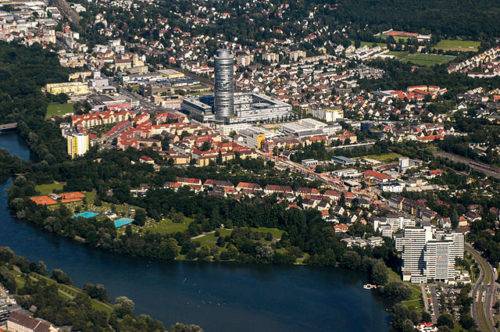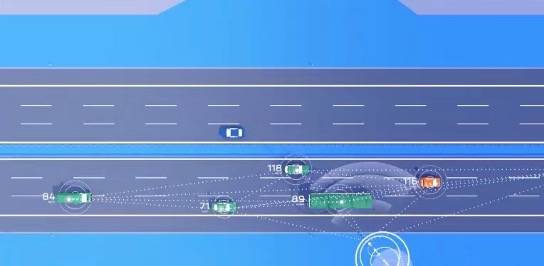An $12.3 million smart bridge, opening this October, is being built in northern Bavaria and will include technology never seen before on the German Autobahn.
Sensors built into the bridge on the Autobahn 9,
will capture and analyze data such as the strain, movements and inclinations of the bridge, as well as the temperature, humidity and pressure from vehicles. Experts will then be able to tell the state of the bridge according to the data they receive, with the aim of discovering damage before regular tests.
The bridge in Nuremberg will be tested out as a five-year pilot project to determine whether it might also work in the rest of Germany.
New bridge part of the digital autobahn test field
The new bridge is part of the “Digital Autobahn Test Field,” a project which the government launched in 2015. The A9 between Munich and Nuremberg, one of the most important traffic routes in Europe, is gradually being transformed into a test route for innovations. Using the slogan “Mobility 4.0”, the German Federal Government, the Free State of Bavaria and companies such as Siemens and Infineon, are developing the A9 into a proving ground for the technologies of the future.
The aim is make driving faster, safer and reduce congestion. Another advantage of the project is that it could reduce the number of Geisterfahrer – ghost drivers, or those who enter the road on an exit and drive against the flow of traffic. By warning these people and other drivers of the mistake they are about to make, the system will increase safety for what is a recurrent problem on German roads.
The digital project also involves introducing free Wi-Fi access in six different parking lots of the north Bavarian region which will be available from mid-November.
Bridge moves vehicle safety improvements outside of the car?
While automobile manufacturers are concentrating on creating self driving cars, traffic planners are looking to develop an intelligent road infrastructure that will direct vehicles but also actively communicate with them. The German Ministry’s aim is to create a platform ready for introducing and testing additional vehicle-to-infrastructure (V2I) and vehicle-to-vehicle (V2V) communication features.
Radar sensors is utilized in the project, controlled by modern 77 GHz microchips made by Infineon. They have already formed an integral part of driver assistance systems for some years and can for example, maintain a constant distance to the vehicle ahead, and initiate or automatically perform emergency braking. They will make it possible to guide vehicles to an emergency stop on the bridge if a vehicle’s sensor system fails, removing the need for emergency braking.
A second signal could simultaneously be sent out to warn other vehicles to keep a safe distance away. Obviously, this would avoid any interruption to the flow of traffic.
See also: Connected cars need to play well with smart cities
Many companies are interested in testing new technologies on the route with test vehicles from Audi, Mercedes and BMW are already using their on-board computers to regularly make their way through heavy traffic on the A9. The highway’s communication network is also being tested, including the ability of the system to warn vehicles on the A9 in good time before they attempt risky passing maneuvers.
In addition, technology from the Fraunhofer Research Institution for Communication Systems and Continental is making it possible for a vehicle to warn the cars behind it that it is about to brake – even before the brake lights go on. Such capabilities are designed to provide drivers with alternative routes and warn them of impending dangers.
Upon project completion, Siemens and Infineon will release all test data in
an open source format. “The idea is that creative minds from the automotive industry, the digital sector, and the scientific community will be able to use the data generated from this project to develop additional innovative mobility solutions,” says Marcus Zwick, who responsible for Siemens Mobility’s technology incubator. It’ll be interesting to see what innovations develop on the intelligent autobahn.











